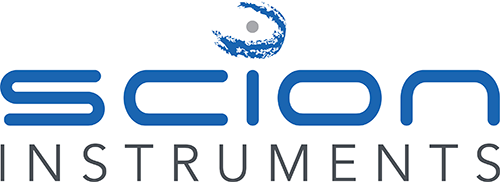How Can We Improve Our Liquid-Liquid Extraction Processes?
How do we ensure the best selectivity and recovery?
In order to obtain the best possible selectivity and recovery for our extraction process we must consider LogP (as well as pKa for ionizable compounds).
Using the correct extraction solvent is incredibly important in order to achieve the best possible results. The LogP value of the target analyte tells us the partitioning value between the organic and aqueous phases. An analyte with a highly positive LogP value will partition into the organic phase to a greater extent than an analyte with a more negative LogP value.
Ionogenic analytes will partition from the aqueous to organic phases when the analyte is in its neutral form. For acidic analytes the aqueous sample is typically adjusted to two pH units below the pKa value of the analyte and for basic analytes the pH should be adjusted to two pH units above the pKa.
For polar analytes an organic solvent with a higher polarity index should be chosen to ensure the maximized recovery of the target analyte from the aqueous sample – LogP can be used as a good indication of polarity.
Common Problems in Liquid-Liquid Extraction
One of the most common problems associated with liquid-liquid extraction (LLE) is the formation of emulsions. This usually happens when the sample is made up of a large amount of compounds which behave like surfactants. Emulsions generally appear between the two layers and comprise of a mixture of the two solvents and other compounds from the original mixture.
Sometimes the emulsion may resolve after a short time however, if the emulsion persists it is often necessary to drain the emulsion in the non-product containing phase and then re-extract numerous times.
When should we use liquid-liquid extraction?
LLE is used across many different industries such as pharmaceutical, petrochemical and environmental.
It is an incredibly effective technique however can often involve complex multi-stage procedures which leave room for inherent error.
What are the advantages and disadvantages of liquid-liquid extraction?
One of the main advantages of LLE is that it is a relatively simple extraction technique to operate as well as only requiring simple apparatus.
The main disadvantage of LLE is that it requires large volumes of solvents which are often expensive and harmful to the environment. The extraction technique can often be tedious for analysts to perform as well as having low selectivity compared to solid-phase extraction (SPE).
What is the difference between solid phase extraction and liquid-liquid extraction?
In SPE the analytes are separated and cleaned up by either chemical or physical adsorption reactions with a solid medium.
In LLE the analytes are separated by the partitioning of analytes based on their relative solubilities in two immiscible solvents.
SPE is more efficient than LLE, requiring less time and most crucially less solvent, LLE is considered to be far more labour intensive. SPE is also considered to be more accurate than LLE.
It is much easier to separate an analyte from a solid than it is from two immiscible liquids. Solid phase extraction provides a large surface area (the adsorbent) for the analyte to interact with.

